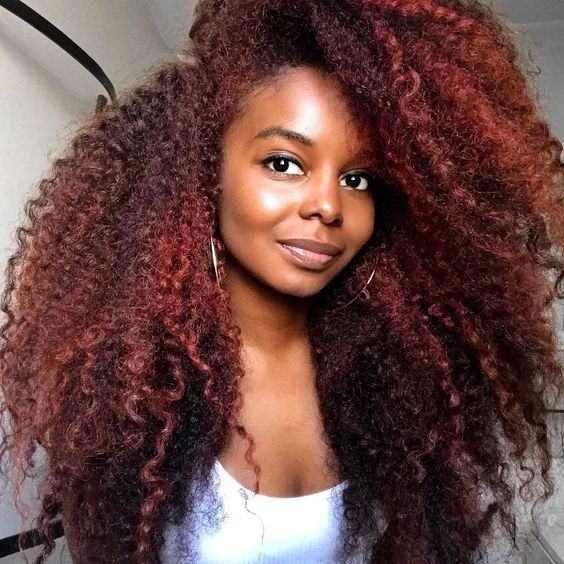
i.pinimg.com
You’ve finally committed to transitioning to natural curls! Congratulations. Before you begin your journey, it’ll help if you understand what it’s like to transition from relaxed to natural curls. Before you even begin to research and buy products, it’s essential to understand your curls and what they need.
The first thing to understand is that hair is not living. Once it pushes out from the scalp, it dies. However, this is what makes it so resilient to the things we put it through, like chemical treatments, heat, styling and exposure to the elements. The center of your curl is called the medulla, which is either hollow or comprised of cells. Around the medulla is the cortex, where keratin (the hair’s protein) is located. The outer layer, which is called the cuticle, protects the inner parts of the hair with several layers of scales. While everyone has these same components to their curls, each person’s hair is also different and has unique needs.
Hair growth and density:
Unfortunately, some hair types grow more slowly than others. However, this doesn’t mean your curls won’t grow; it just might take you a little longer to get the length you desire. In order to see more growth, you need to encourage your hair during its growth stage, which is also known as anagen. Additionally, the shape of your hair strands themselves can also lead to damage or slower growth if it’s a flatter, wider shape than some others. This means that curly hair is more likely to be damaged through detangling, styling and manipulation than some of our straight haired friends.
What to do:
If you don’t take care of your curls it is far more likely that they will experience irreprable damage. When a curl becomes significantly damaged, it can travel through the cortex to the medulla, making it very difficult to come back from. Hair that is been this significantly damaged will need to be removed through a cut or trim. If you have curly hair, you need to make sure you’re treating it right by giving it lots of extra moisture, keeping your styling and manipulation of it low, and avoiding chemical treatments. Pair this with a healthy diet and exercise, and you’ll be well on your way to wonderful, healthy curls.
